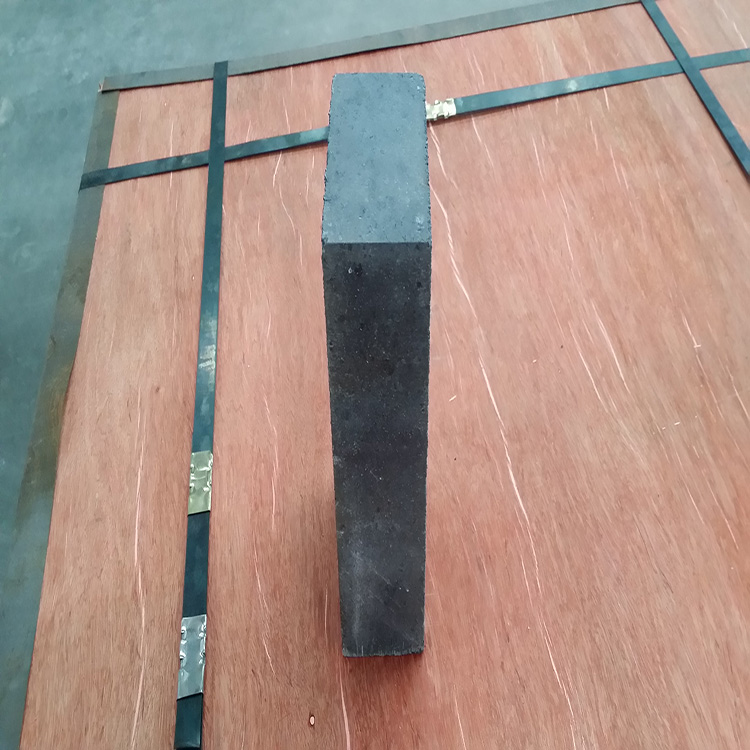Clay Bonded Silicon Carbide Products (Clay-Sic)
It is the most common silicon carbide refractory material. It is mixed with 10%-40% bonded clay and silicon carbide particles, pressed or rammed to form, and then fired in a general kiln.
Clay-Sic is used in the muffle board of zinc smelting furnace and ceramic kiln

Oxide Bonded Silicon Carbide Products (SiO2-SiC)
In fact, most of them use SiO2 as the binding phase. It is a mixture of 5%~10% SiO2 powder or fine quartz powder and SiC particles. Sometimes a flux is required, and it is fired in a general kiln after pressing and molding. Its characteristic is that the SiO2 film is wrapped on the SiC particles during the firing and use process, the oxidation resistance is much better than that of Clay-SiC, and the high temperature strength is also high. This kind of product is widely used as the kiln slab for firing porcelain (>1300℃), and its life is more than double that of Clay-SiC.
Silicon Nitride Bonded Silicon Carbide Products (Si3N4-SiC)
The metal silicon powder and SiC sand are mixed together, and after molding, they are fired under the protection of nitrogen. Si reacts with N2 to form Si3N4 to combine SiC. This material is widely used in the manufacture of silicon carbide bricks for blast furnaces, refractory kiln furniture, etc. Silicon nitride bonded silicon carbide products
Reaction Sintered Silicon Carbide Products
Use α-SiC and graphite powder to mix in proportion and press or vacuum extrude, heat to about 1650℃, infiltrate Si into the green body through liquid or gas phase, and make it react with graphite to form β-SiC. The particles combine to achieve densification. The characteristics of the material: a. There are no open pores, and O2 cannot penetrate into the material during use, so it has strong oxidation and corrosion resistance; b. The flexural strength at high temperature is twice that of R-SiC, and the load-bearing capacity Significant improvement: c. Very good thermal conductivity and wear resistance: d. Its volume stability is very good until the use temperature limit (1350℃); e. Due to infiltration of 10% to 20% of Si, its highest work The temperature does not exceed 1350%~1380℃, which is lower than R-SiC; f. The service life is 2 to 3 times that of Si-SiC. The use temperature of this material can meet the needs of most ceramics and grinding wheels firing, and it has become a new generation of kiln furniture materials, and has a great tendency to replace Si3N4-SiC and R-SiC kiln furniture.


